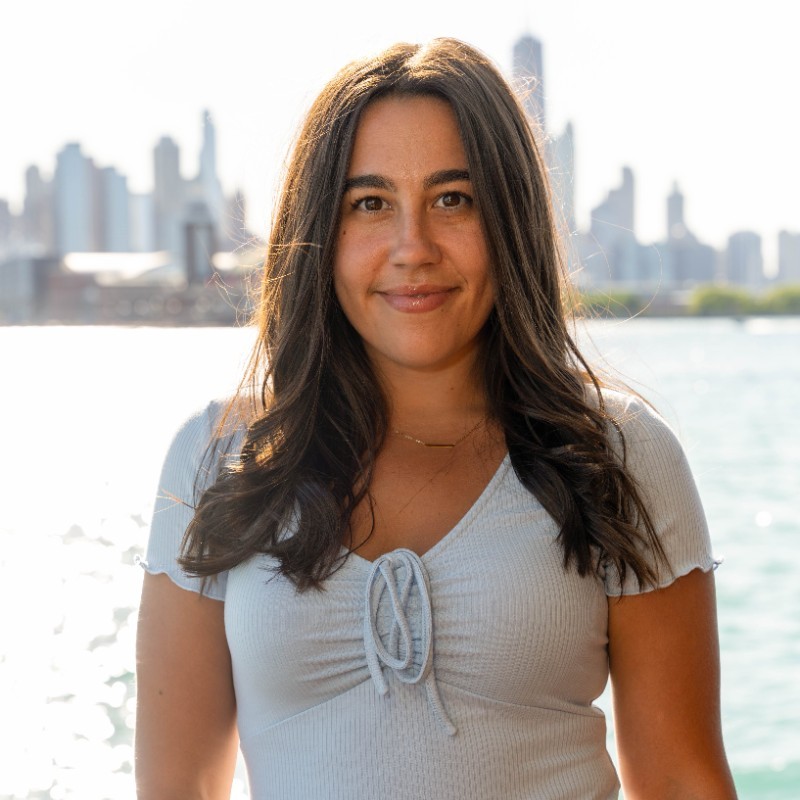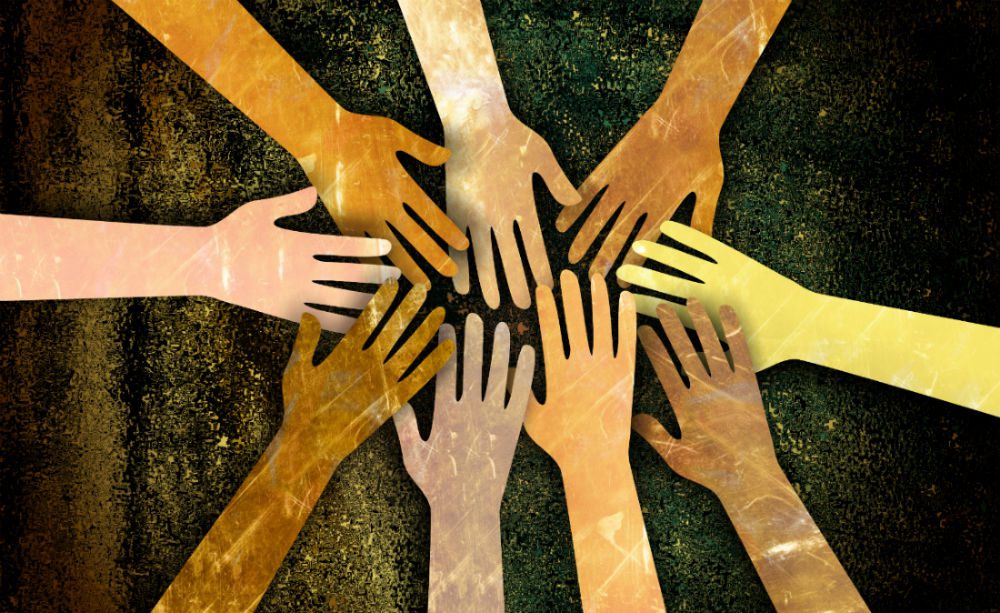Former Google employee James Damore’s 3,000-word assertion that women land fewer tech jobs because of biological differences rather than skills sparked a lot of conversation, particularly about the state of diversity training.
Organizations use diversity and inclusion training to prevent hostility and build inclusive, respectful work environments that foster a productive workforce. Google introduced diversity and bias training in 2013 and about three-quarters of its employees have gone through it.
The search engine giant fired Damore days after his manifesto went public. In part, Damore claimed it was the D&I training that led to him writing the memo.
Bill Proudman, co-founder and CEO of leadership development consulting firm WMFDP LLC, or White Men As Full Diversity Partners, said Damore’s argument sounded familiar to opinions he’s heard from other white males.

D&I is usually focused on the experiences of minority groups: African Americans, women and the LGBTQ community. Proudman said he sees the reason for this, but one of the downsides is that it sets up white men to feel discriminated against, as well.
“When the dominant or normative group sees inclusion, it’s about everybody else other than them,” Proudman said. “When it gets hard, [white males] don’t know how to stay in it because they don’t understand their mutual self-interest. They don’t understand how they’re being impacted by inequity in the system.”
Proudman said often in order for white males to care about diversity and inclusion, they need to be shown directly how it affects them.
“They need to understand how inequality is impacting how they assess talent, how they promote people and how they give performance feedback, so they really can hire and promote the best talent rather than the talent that is most comfortable —which becomes a huge win for them on a personal level,” Proudman said.
As Damore asserted in his memo, white males often come out of diversity trainings feeling like they are personally responsible for inequity or that they shouldn’t say anything about race or gender — and that’s a problem, Proudman said.
“Straight white men have to be brought into this inclusion work in a very different way than they have been historically,” he said.
The Current State of Diversity Training
In D&I training, the key is to focus on improving and enhancing the capability of people rather than correcting issues, said Doug Harris, CEO of the D&I consulting firm Kaleidoscope Group.
He said D&I education is most effective when employees receive individual training with the goal of learning specific behavioral expectations and desired competencies.
Some problems may lie in that the training is often not personalized.
“We have different things we have to overcome, different thought processes that we have to address,” Harris said. “We have to allow people to be able to do that.”
Harris stopped short of blaming training for Damore’s response.
“Everybody goes through education to get their driver’s license. Does that mean there’s not going to be any speeding tickets or accidents?” Harris said. “People aren’t saying that we need to go back and change the driver’s test because people are getting into accidents.”
That’s why accountability systems are so important, he said.
“Unfortunately, people are people,” Harris said. “And you can’t allow for behaviors impacting an inclusive environment.”
Many diversity education programs are focused around awareness rather than based around skills. Experts say that many people are uncomfortable because they haven’t been around a lot of diversity in their lives.
“Instead of judging those individuals, we have to support and assist them,” Harris said. “If we don’t, they are going to get in those circles of discontentment, start reinforcing their thought processes and believe it’s a good idea to send out a letter saying that women are inferior to men.”
Harris said there needs to be a way to speak respectfully about issues when people have questions and concerns. And if people want to talk about a problem, they should talk about their own.
“One of the biggest D&I issues is men getting together and speaking about what the problem with women is,” Harris said. “Work within yourself. There’s not a lot of energy for other people getting corrected while you’re staying the same.”
Room for Improvement
Part of Damore’s complaint was that there was too much shaming and emphasis on telling him what he can’t do or say. Harris said that’s a legitimate concern.
“Shaming, guilt and judgement should not be the objective of our education,” Harris said. “D&I education when done well should give people comfort, skills and beliefs to allow them to go to the other side and hopefully get new insights on how they see the world.”
Harris added that Damore’s reaction is not uncommon and that it’s probably why he felt the confidence to share it.
Proudman said he can see the eyes roll when some employees hear they will be doing diversity training again. “They think oh is this going to be another blame and shame the white guy session?” he added.
Unfortunately, a lot of people doing D&I work want to correct other people instead of building them up to be more inclusive leaders, Harris said.
“I can’t just stay on my side and say, ‘Diversity education is just so beautiful and done so well,’ ” he said. “We’re an unregulated industry that gets unregulated results sometimes.”
Proudman said they don’t even call their work training, but rather awareness work centered around creating safe spaces for dialogue.
“Training is a tool but it is just one way to reinforce a particular set of skills, insights or efforts,” he said. “It has to be linked with other efforts within the organization.”
This development work takes place over years and Proudman said he has not figured out a shortcut in helping leaders live a culture of full inclusion.
“Part of it is how to help leaders have patience but also a sense of urgency — and have both of those running simultaneously,” he said. “It’s a paradox — and often people just want a quick fix.”
It’s a two-sided responsibility, Harris said. People need to speak to each other respectfully, but also need to hear what’s being spoken to them.
“The key is to choose people to support your organization who are really coming from a place of love,” he said. “And that love is not just for those who have been historically excluded, but it is for everyone.”
















